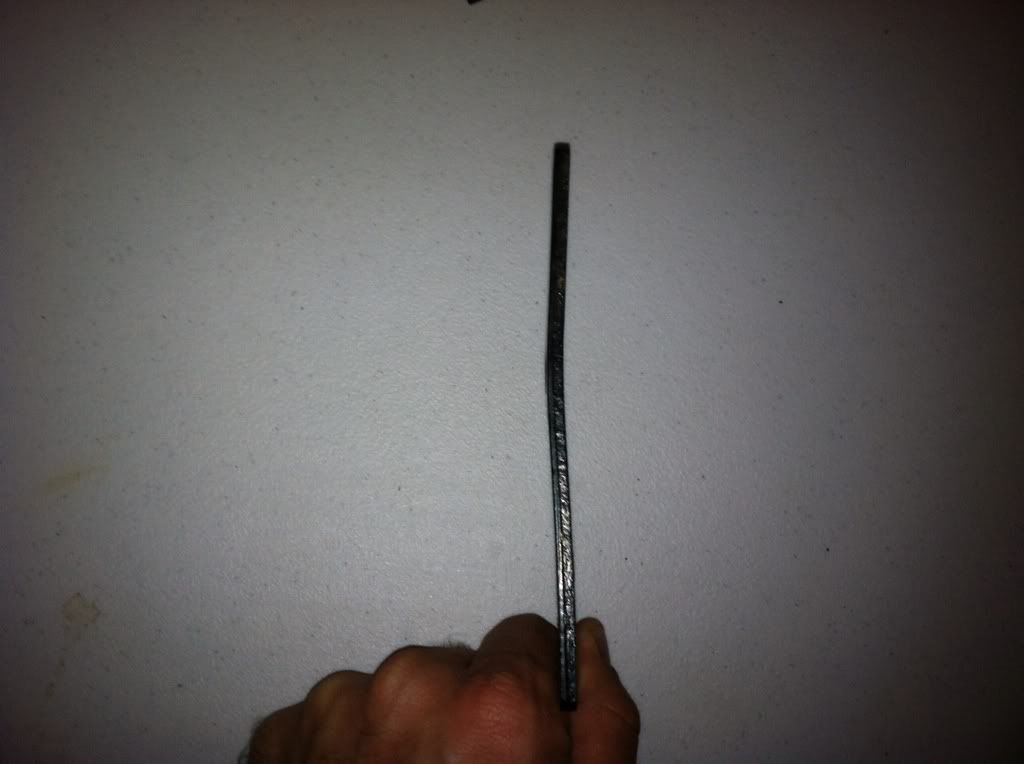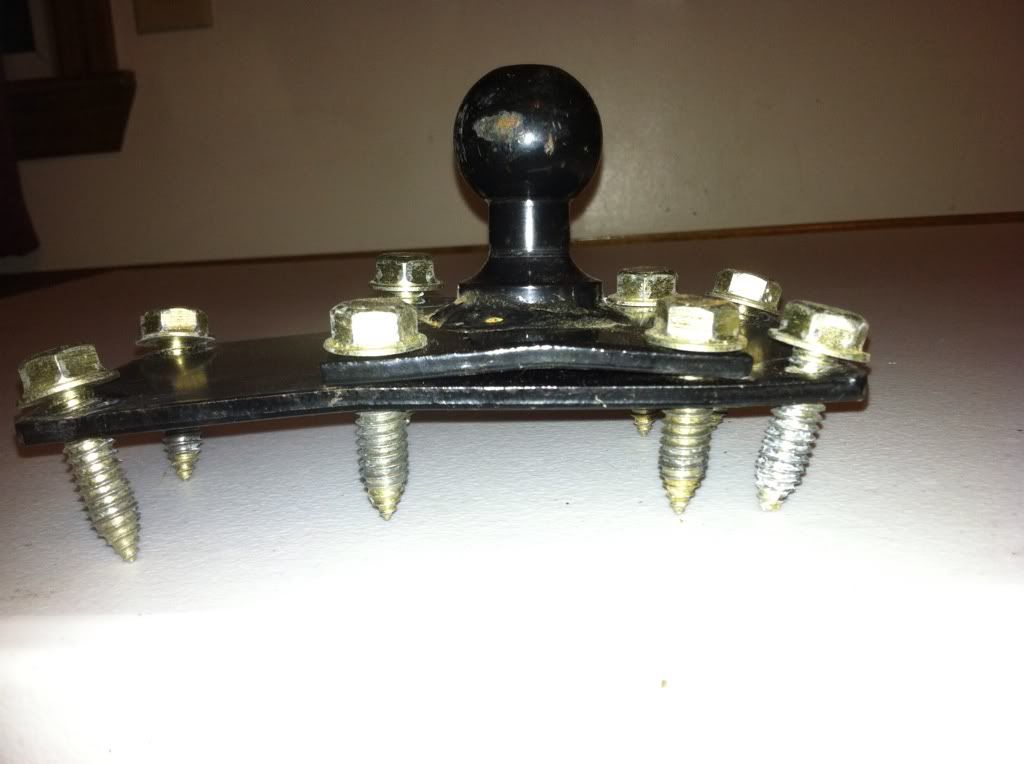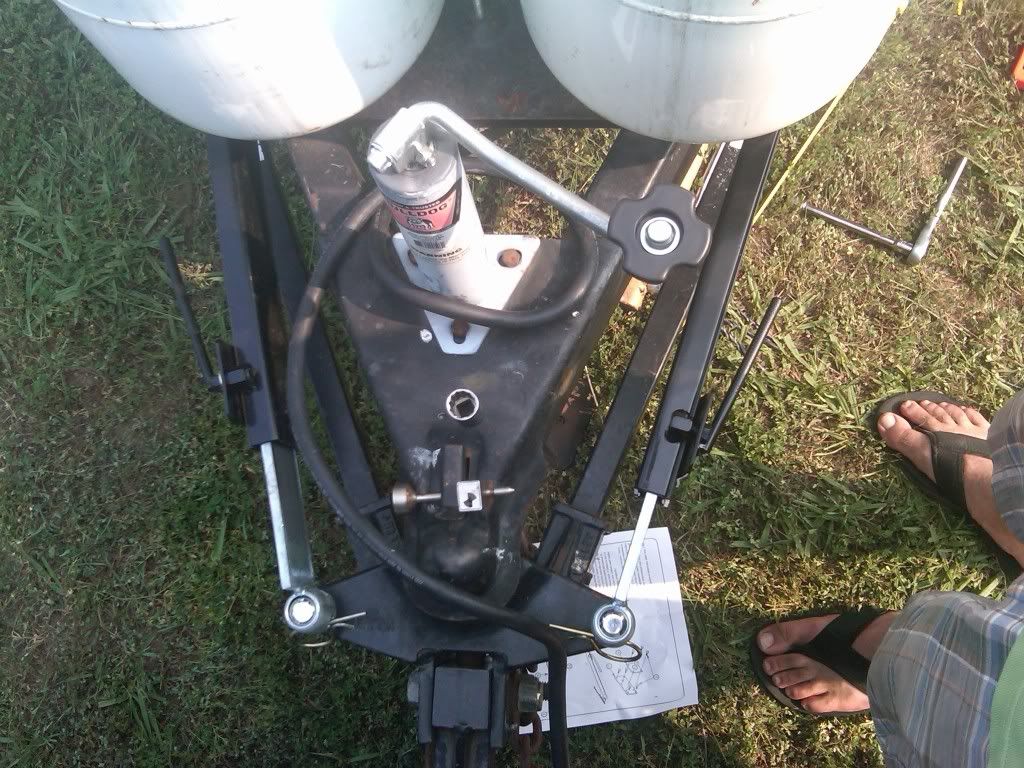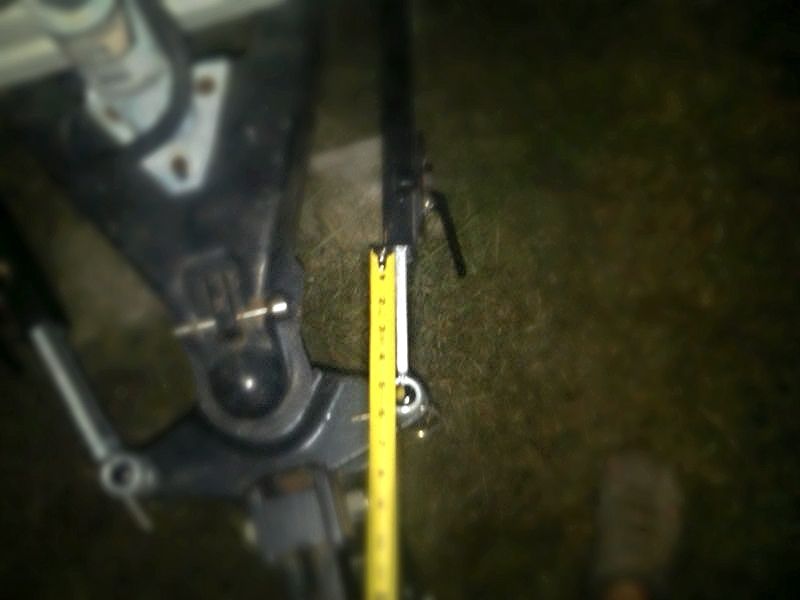Forum Discussion
jerem0621
Mar 07, 2015Explorer II
I bent my sway bar mount on my drivers side sway bar mount. I made a mistake in my measurement and I misread the instructions. I mounted the mini ball on the trailer side at 23 inches from the coupler instead of 24... stupid mistake.
My sway bar didn't bend or break but the miniball mount sure did. Mine was on compression not extension.
Anyway, here is a few pics
Bent plate

Bent plate and trailer side mini ball mount

Sway bars attached ... the folly is apparent.. the drivers side is mounted too close to the coupler.

Here I measured the exposed sway slider portion of the sway bar. There is about 1/2 inch difference
Drivers side (street side?)

Passenger side (curb side)

NOTE: My bent mount happened when I was turning hard to the left pulling out of my driveway. The extra .5 inches was enough to let the sway bar crash into the miniball on the hitch head.
When I corrected my install I no longer had this problem.
Thanks!
Jeremiah
My sway bar didn't bend or break but the miniball mount sure did. Mine was on compression not extension.
Anyway, here is a few pics
Bent plate

Bent plate and trailer side mini ball mount

Sway bars attached ... the folly is apparent.. the drivers side is mounted too close to the coupler.

Here I measured the exposed sway slider portion of the sway bar. There is about 1/2 inch difference
Drivers side (street side?)

Passenger side (curb side)

NOTE: My bent mount happened when I was turning hard to the left pulling out of my driveway. The extra .5 inches was enough to let the sway bar crash into the miniball on the hitch head.
When I corrected my install I no longer had this problem.
Thanks!
Jeremiah
About Travel Trailer Group
44,053 PostsLatest Activity: Jan 06, 2022